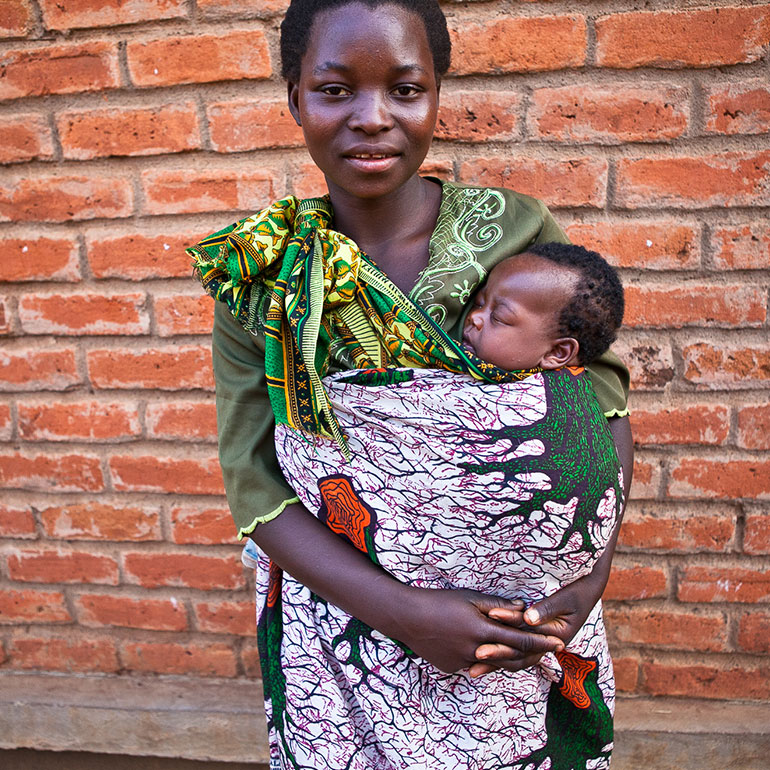Facts About Iron Deficiency Anemia
Iron is the key nutrient necessary for building blood, strength and vitality. About 1 in 5 women of childbearing age worldwide has IDA. In industrialized countries, women are generally treated and thrive. In developing countries, women often die during childbirth because of it. More women die from causes related to iron deficiency anemia than from HIV/AIDS and malaria combined.
Facts About Maternal Health
Maternal and neonatal health and micronutrient nutrition are inextricably connected. Pregnant women need twice as much iron as usual for increased blood volume and for fetus growth. Teenage mothers are at greatest risk for IDA and for complications, especially hemorrhaging during childbirth. IDA can lead to premature labor, intrauterine growth retardation, low birth weight, birth asphyxia, neonatal anemia and death.

Watch Video Below on Fortify's Mission
Existing Interventions
Existing nutritional strategies are not capable of broadly reducing iron deficiency anemia in developing regions of the world, primarily because iron has been added to very few food products and supplements have not proven to be effective. Flour is the most widely iron-fortified food, but it cannot singlehandedly solve the problem. In fact, certain formulations of iron are less bioavailable when consumed with grains and cereals. Additionally, fortified flour rarely reaches rural areas, where up to 70% of the people living in developing regions reside.
Why Humanitarian Aid Isn't Enough
Although the United Nations World Food Programme and some large NGOs distribute food to the world's food insecure, the products are rarely iron-fortified. A few unique, non-traditional foods, such as Sprinkles, are iron-fortified, have been created for and distributed in limited areas to very young children in extreme need. However, these initiatives are not sustainable for large populations, and the products are rarely available to purchase in markets.
Fortify's approach to reducing iron deficiency anemia is about fortifying foods that people already eat – foods that are routinely consumed, affordable, and enjoy broad distribution to targeted populations. To accomplish this, Fortify's work includes:
